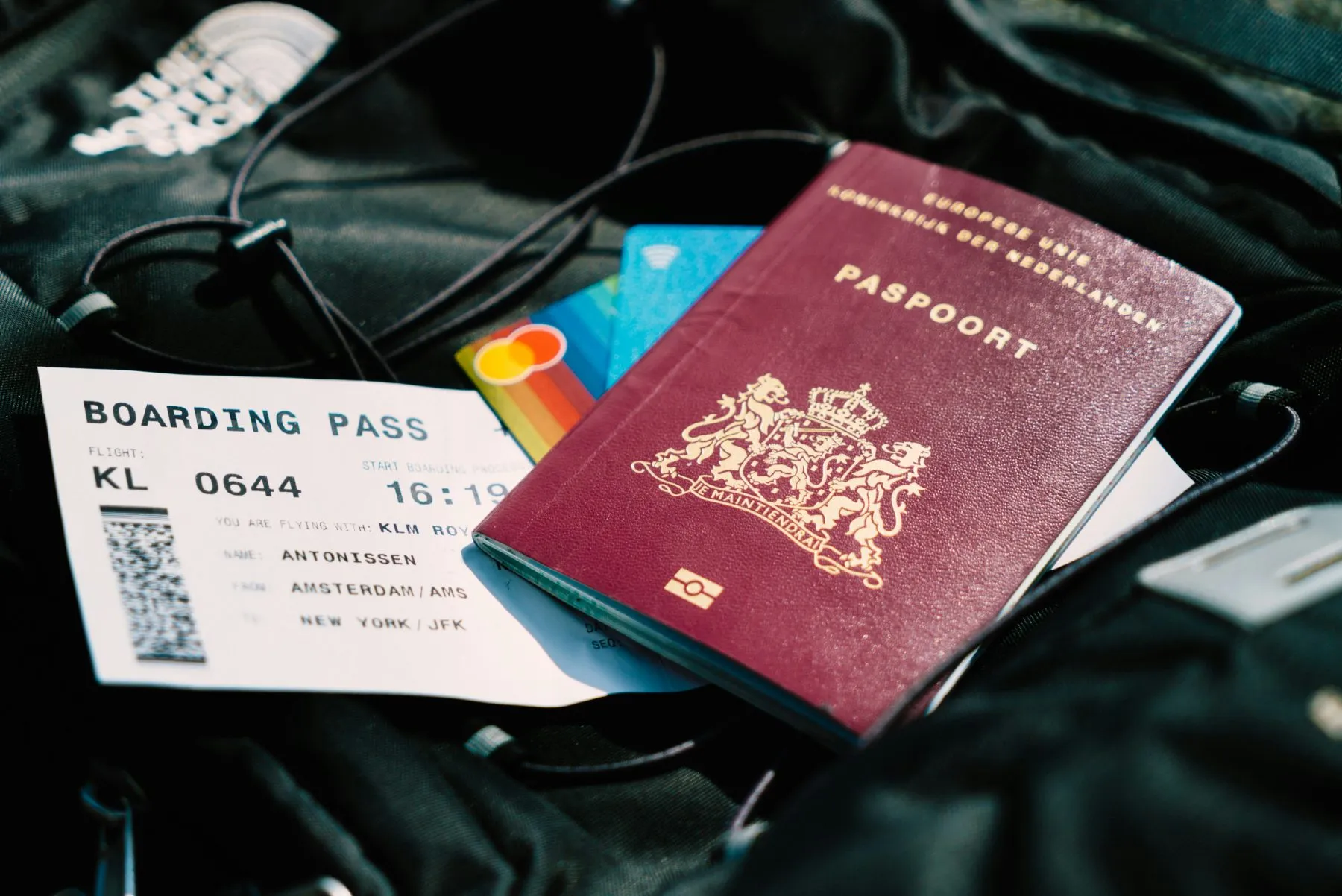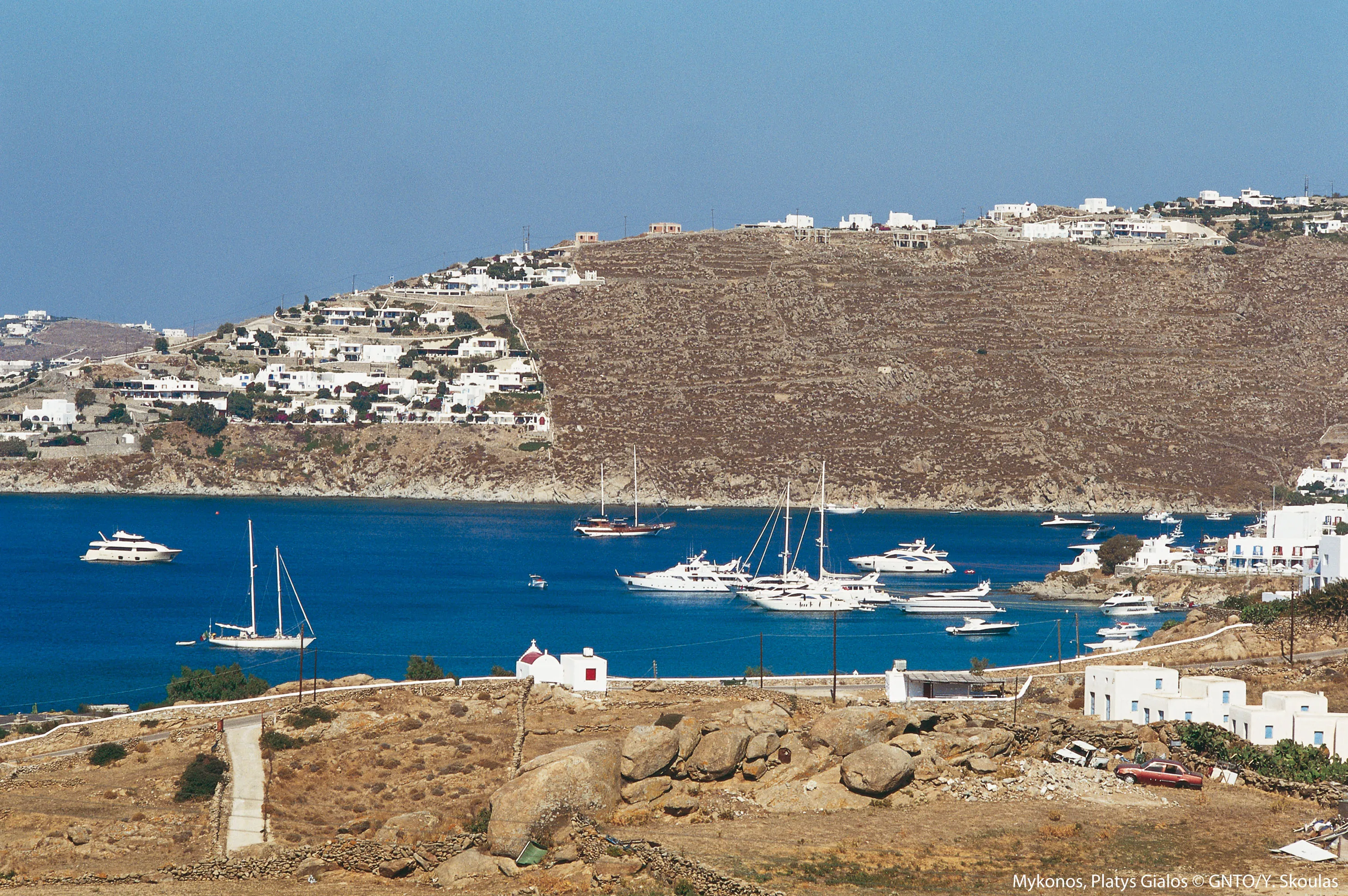Bulgari Hotels Sees Unhurried Growth as a Way to Retain Its Cachet
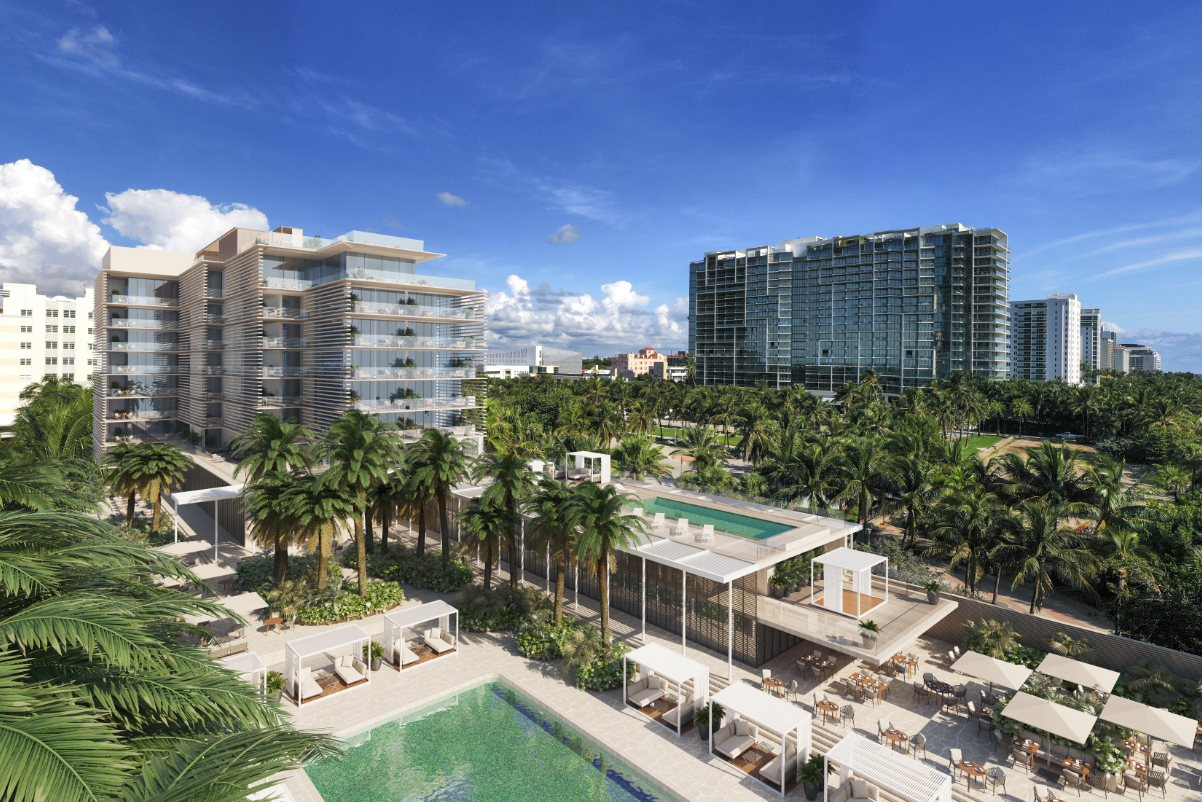
Skift Take
Bulgari Hotels & Resorts opened its eighth hotel on April 4, the Bulgari Hotel Tokyo.
"It has taken us 22 years to open eight hotels," said Silvio Ursini, the group executive vice president of the hotels and resorts division of the Italian jeweler. "We're not in a rush."
Yet Bulgari (pronounced bool-gah-ree) is picking up its modest pace. It will open its ninth ultra-luxury hotel later this year in Rome. Upcoming openings include Maldives and Miami Beach in 2025 and Los Angeles in 2026.
"We want maybe 15 hotels maximum down the road," Ursini said.
Bulgari's caution contrasts with the trend elsewhere. Many high-end hotel brands aim to scale up. Aman Resorts has 34 properties. Rosewood has 41 hotels. Over six decades, Four Seasons has arrived at 126 luxury hotels and resorts and 53 branded residences. All have pipelines for growth.
And all of these hotels are in a rarefied atmosphere. A stay at the Bulgari Tokyo, for example, would cost $3,890 this weekend for a double room, according to a recent search. Bulgari believes that those rates insulate it from traditional competitive pressures, even without a loyalty program or a broad network of properties.
"The economies of scale at this level are not so imperative," Ursini said. "You can have one very successful, very profitable hotel and be perfectly happy depending on your business model."
That said, cracking the U.S. market is important. Its first U.S. hotel property is slated to open in 2025, Bulgari Miami Beach.
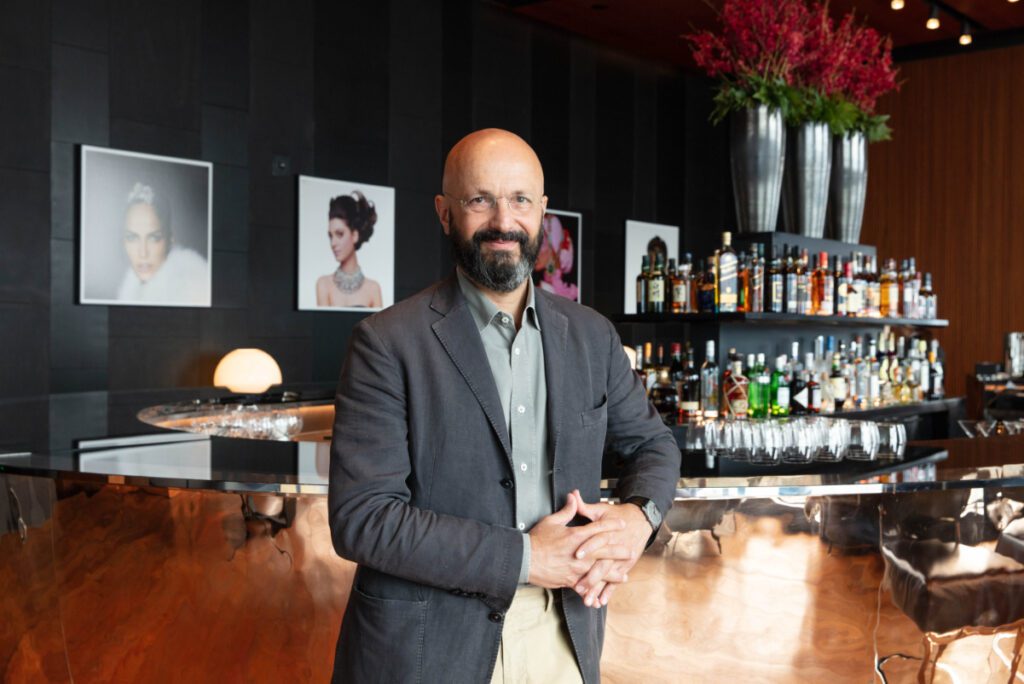
Fashion Trend
When Bulgari announced the move into branded hotels in 2002, a Morgan Stanley analyst described the effort as "an unnecessary risk."
Yet over time, it has returned value to shareholders of parent company LVMH.
A few other high-end luxury names have played the hospitality game, but in smaller ways. Fashion house Giorgio Armani has a mini-chain of Armani Hotels and Resorts, starting with Dubai and Milan. Rival Versace has built Palazzo Versace hotels in Australia and Dubai, though it's de-flagging the Australia one. Dolce & Gabbana plans to build a resort in the Maldives with help from Saudi Arabia's Dar Al Arkan.
"Their approach to opening impeccably selected hotels in prime locations while maintaining an uncompromising commitment to the consistency of their distinctive design and brand values is not only the right strategy but also a risk-adjusted one," said Joe Pettigrew, chief commercial officer for hotel asset management at Starwood Capital Group.
"It's easy to compromise the brand when there is too much focus on growth," Pettigrew said. "They have over 100 years of brand equity and reputation at stake, and the hospitality business needs to be accretive to the overall brand."
What Bulgari knows — and others seem to be learning — is that the valuations of high-end jewelry and other luxury products and services make five-star hotels look comparatively reasonable, meaning that super-luxury hotels may still have a lot of long-term growth potential.
Data compiled by Bernstein Research suggests that luxury hotel companies haven’t been grabbing growth and market share at the same pace as makers of personal luxury goods and luxury cars have since around 2009. Another long-term average pattern is that the disposable income of people with high net worth has kept growing faster than luxury hotel inventory, according to Bernstein's Richard Clarke.
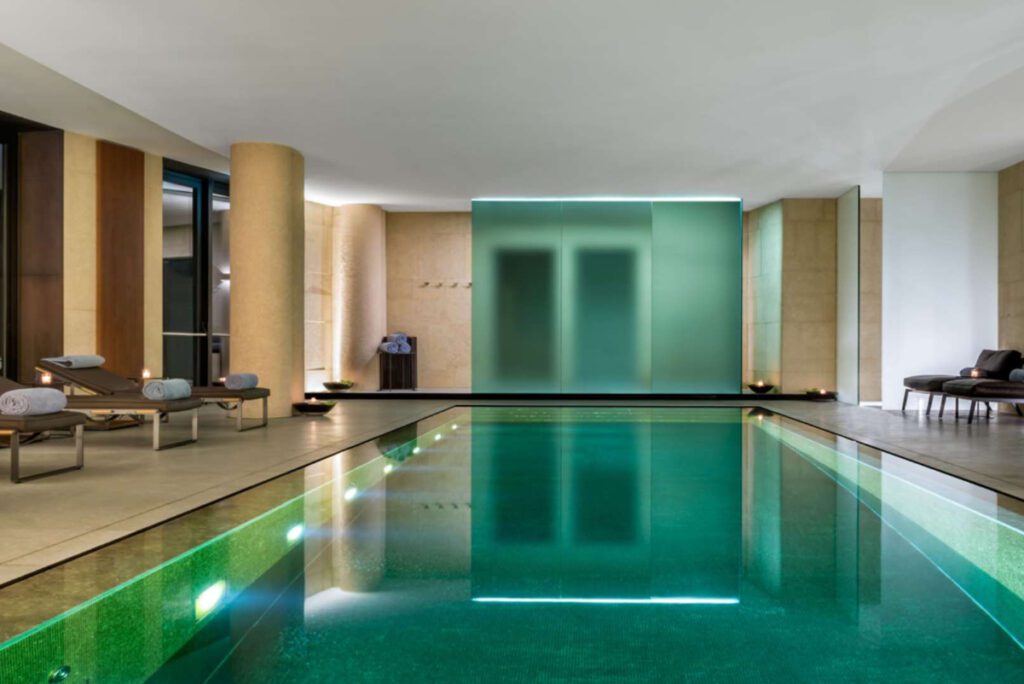
Asset-Light Approach
Bulgari set the pace with an asset-light model other famous Italian brands have copied. It doesn't own its hotels but gets royalties instead. Bulgari taps the luxury hotel division of Marriott International to manage properties. Real-estate partners own the assets. Marriott collects a management fee, and the owners get a recurring revenue stream.
It's striking that Bulgari partners with Marriott. Luxury group powerhouse LVMH bought the jeweler in 2011, and LVMH's "other activities" division includes Belmond, which runs a portfolio of hotels, trains, cruise lines, and safari lodges, and five Cheval Blanc hotels — a brand based on the vintner that was founded about a decade ago.
Might Belmond someday shift its management contracts to LVMH's in-house hotel manager? It seems plausible, though LVMH has historically run its "Maisons," or houses/brands, as separate fiefdoms.
No Loyalty Program
Bulgari insists on having the upper hand on branding. You would have to squint to see any reference to Marriott anywhere inside one of the Bulgari properties. Plus, members of Marriott's loyalty program, Bonvoy, can't redeem points for stays at Bulgari properties even though it's one of the brands the group manages.
"From the very beginning of the joint venture, which is still very healthy and prosperous, it has never, ever been a co-branding exercise," Ursini said. "We don't do co-branding."
Bulgari's name doesn't even appear on Marriott's online list of brands.
"Aman's self-professed 'Aman Junkies' avidly follow that brand's new openings, so will Bulgari encourage its guests to join something like a 'Club 15' to demarcate that they've stayed in every property?" asked John O'Ceallaigh, founder of the luxury-travel consultancy Lute. "I can imagine some of their status-conscious guests will be proud to say they've 'conquered' the entire collection — something that's obviously much harder to do with the likes of Four Seasons."
Rather than maximize occupancy, Bulgari maximizes exclusivity. It forsakes the benefit of getting guests from Marriott's much-vaunted loyalty program in exchange for having a clientele that people like actress Anne Hathaway feel comfortable being near.
"Our loyal customers are very loyal," Ursini said. "We have up to 50 to 60 percent repeat guest rates at our properties in Milan and London, for example."
Toward this goal of exclusivity, it has to accept that its properties will be under-used occasionally.
"We have consistent rates worldwide to attract the same clientele," Ursini said. "For example, in Dubai, the low season is the summer. Every other hotel drops its rates, and you start getting people coming in by the bus, and your whole service model goes belly up."
"We don't do that," Ursini said. "We stick to our rate even if it means only 20 percent occupancy. You need to have the discipline."
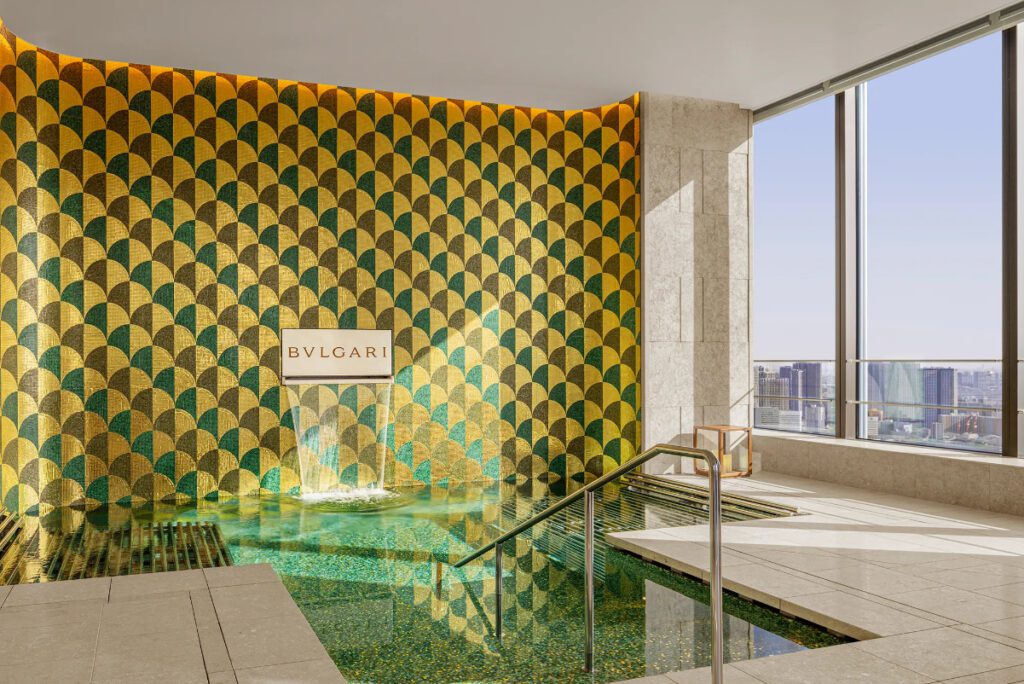
Looking for Partners
Ursini is looking for real-estate partners with property in markets with enough demand to consistently attract high-end luxury travelers.
"A market we would be very keen on having is New York," Ursini said. "But it's already very crowded, so we would need to find an extraordinary opportunity."
"It's one thing if you're a brand trying to build 100 hotels worldwide, then you need to be in New York," Ursini said. "But if you're a jewelry brand creating hotels as a hospitality concept, then you cannot go wrong. I'd rather have no hotel in New York than have the wrong hotel."
Bulgari also prefers to renovate existing properties that have proven successful rather than do fresh construction.
Proximity to the world's best shopping is another strong preference.
"Typically, in Western European capitals, you want to be walking distance from luxury shopping," Ursini said. "That's seven to ten minutes in high heels, by the way."
Bulgari's Hands-on Approach
Bulgari leaves operations to Marriott's luxury division.
"We know how to design and make jewelry, how to sell it, and how to communicate its value, but operating a hotel is a very serious matter that requires extraordinary skill at the highest level, and we humbly don't know how to do that," Ursini said. "Marriott's luxury division has all the technology, expertise, training, and more to do that behind the scenes very successfully."
Yet Bulgari is hands-on in how hotels look and feel.
"This is not a merchandizing exercise," Ursini said. "It's a matter of translating our values as a jeweler into hospitality. Our role is not a backseat role where we just cash in our royalties."
For instance, while Marriott hires and trains staff, Bulgari has checks to see that the staff are motivated and know key details, such as what a Serpenti necklace is.
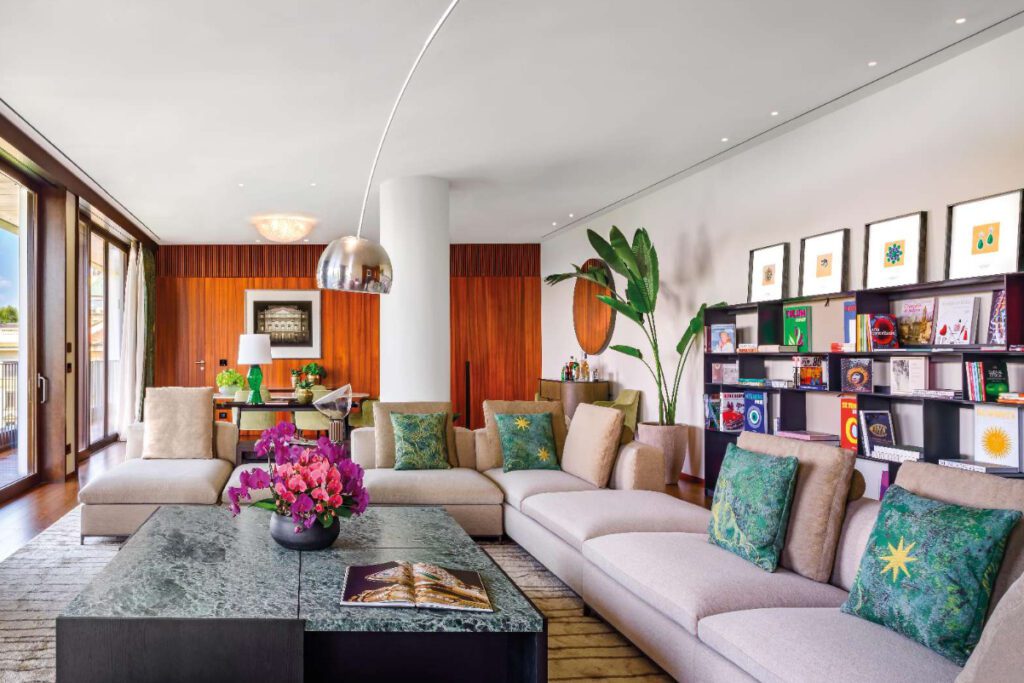
Design as Critical Element
The highest cost for Bulgari is often the upfront expense to open a property. Consider the first Bulgari hotel in Milan in 2002. Bulgari set aside approximately $10 million (about €6 million) for design, the supply of Bulgari-branded goods, and other expenses, according to reports at the time.
Design is an area where Bulgari weighs in with criteria.
"The [real-estate] partner and Marriott know that we will drive the design ourselves with our choice of architects," Ursini said. "A bit of innovation that we brought to the system from the very beginning was that architects of our choosing would design all our hotels."
Antonio Citterio and Patricia Viel are the architects who design all Bulgari hotels today.
A consistent part of the look and feel is to showcase high-end Italian design, such as furniture by B&B Italia or Maxalto.
Bulgari has learned lessons along the way. The first hotel in Milan, behind the La Scala opera house, started at 58 keys (guest rooms, essentially) and is now at 61 keys. But running city hotels at a somewhat higher room count proved more ideal.
"You want a balance between intimacy and having energy in the place," Ursini said. ""Paris is at 76 keys. South Beach is at 100. Our maximum would be 120. Occasionally a resort may run smaller. We have 58 villas in Bali. Maldives will be 54."
Blending Italian and Local Aesthetics
Perhaps the toughest job for Ursini's team is figuring out how to incorporate locally relevant design elements into its hotels outside of Italy without sacrificing the Italian lifestyle it tries to encapsulate.
The new Tokyo property offers one solution. It has an Italian garden on a skyscraper roof, with Roman lemon trees and the scent of jasmine in the air. When guests descend downstairs to their rooms, they find furniture made by craftsmen in Kyoto and look up at a coffered ceiling with five layers of gold painting in a Japanese style.
"The hotel business often takes a pretty standardized approach to furniture and finishes," Ursini said. "We use Italian residential furniture made by craftsmen and pieces by local workshops. Bulgari brings to the world the Italian art of living, be that in furniture or decor or cuisine."
In the eyes of some observers, the aesthetic needs to continue to evolve dynamically.
"For me, a European based in London who visits Italy annually, I'm less drawn to Bulgari's international portfolio for their Italian heritage than for the brand's broader association with ultra-luxury," O'Ceallaigh said. "So, for example, if I were at one of their hotels for a night, I'd skip their Italian restaurant in favor of whatever local option was available."
"Global consumers want to feel a really distinctive sense of place in the destinations they visit," O'Ceallaigh said. "I'd hope to see more collaboration with — and greater representation and input from — local architects and designers to create a symbiosis that's representative."
Bulgari's related goal is to ensure that its hotels help keep its brand relevant for an emerging generation of travelers.
"Too often, I see young people spend their whole trips watching their iPhones," Ursini said. "But when you get to our Bali property on the edge of a cliff, you're assaulted by the fragrances of flowers and the sound of the ocean crashing at least 180 meters below you. After you take your selfie, there's a good chance you put your iPhone in your pocket and let the special moment absorb you."



